
Packaging Regulations - Europe
Towards more sustainable packaging…
In the current presentation we will focus on the legal aspects of packaging and recycling.
We will mostly focus on the European and French market as an example of what could come in the future for packaging regulations. And also these regulations will apply to your brand if you intend to sell product on these markets.
We will cover the new update of the European directive on packaging waste, and the french law n°2020-105 "anti-waste for a circular economy" of 10 February 2020 (AGEC law).
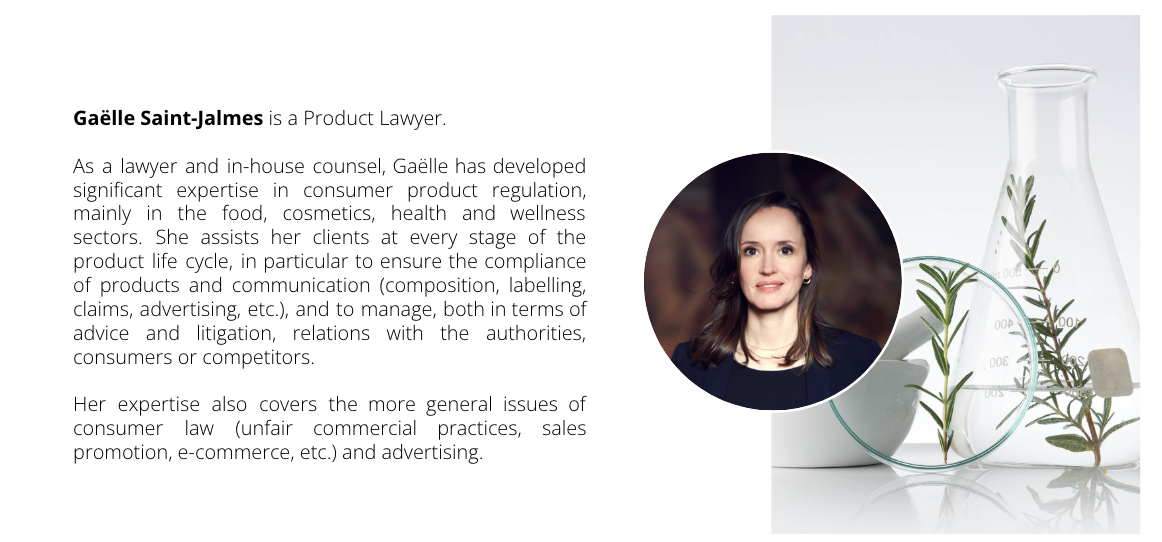
LEARNING OBJECTIVES
- To gain an understanding about regulations impacting packaging composition
- To learn about new and upcoming changes regarding sorting rules marking and claims
Please note that this presentation does not provide an exhaustive overview of all the regulations applicable to packaging, but aims to highlight the main issues and points of vigilance with regards to the environmental and sustainability regulations impacting packaging.
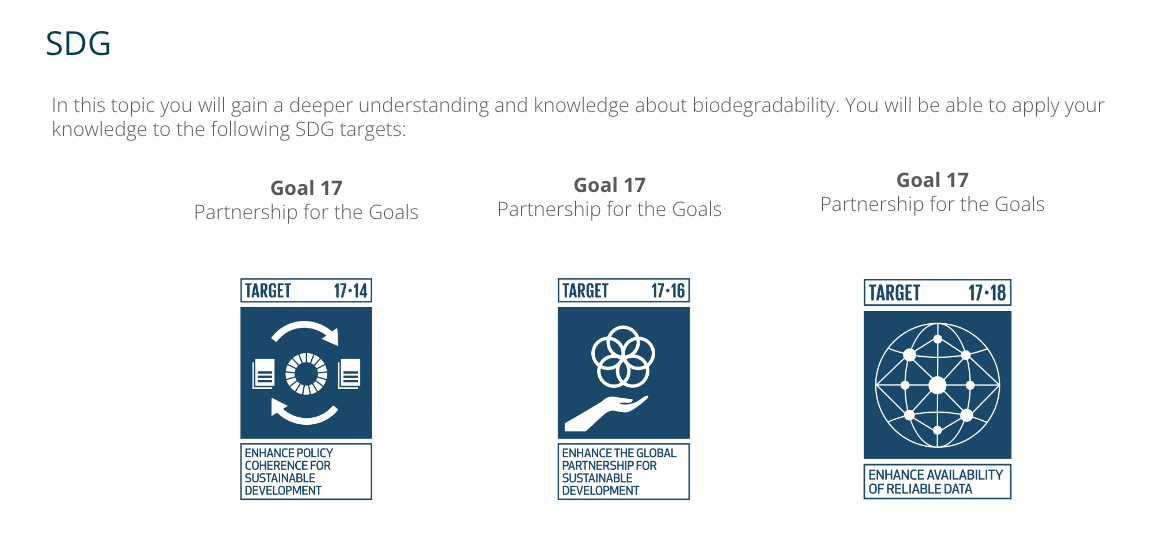
01 - REGULATIONS IMPACT THE COMPOSITION OF PACKAGING
► EU RULES ON PACKAGING & PACKAGING WASTE
At EU level, the directive 94/62/EC of 20 December 1994, which harmonises national measures on the management of packaging and packaging waste, contains notably measures to:
- Limit the production of packaging waste,
- Promote reuse, recycling and other forms of recovery of packaging waste, rather than its final disposal, thus contributing to the transition to a circular economy.

► EU OBJECTIVES FOR PACKAGING WASTE
In this context, the directive sets targets for the percentage of packaging waste to be recycled.
Especially, by 31 December 2030, at least 70% by weight of all packaging waste must be recycled (55% by weight for plastic, 85% for paper and cardboard…).
(by weight means the global waste produced by country: each country is responsible for increasing the overall recycled waste. Currently in France about 40% of packaging waste gets recycled.)
Member States must put in place systems and regulations to achieve these objectives, in particular by transposing the essential requirements relating to the design and manufacture of packaging.
Member States should also ensure that extended producer responsibility schemes (Cf. EPR) are in place for all packaging, to ensure that producers take financial and/or organisational responsibility for waste management.
How packaging is defined by the EU directive ?
‘packaging’ shall mean all products made of any materials of any nature to be used for the containment, protection, handling, delivery and presentation of goods, from raw materials to processed goods, from the producer to the user or the consumer. ‘Non-returnable’ items used for the same purposes shall also be considered to constitute packaging.
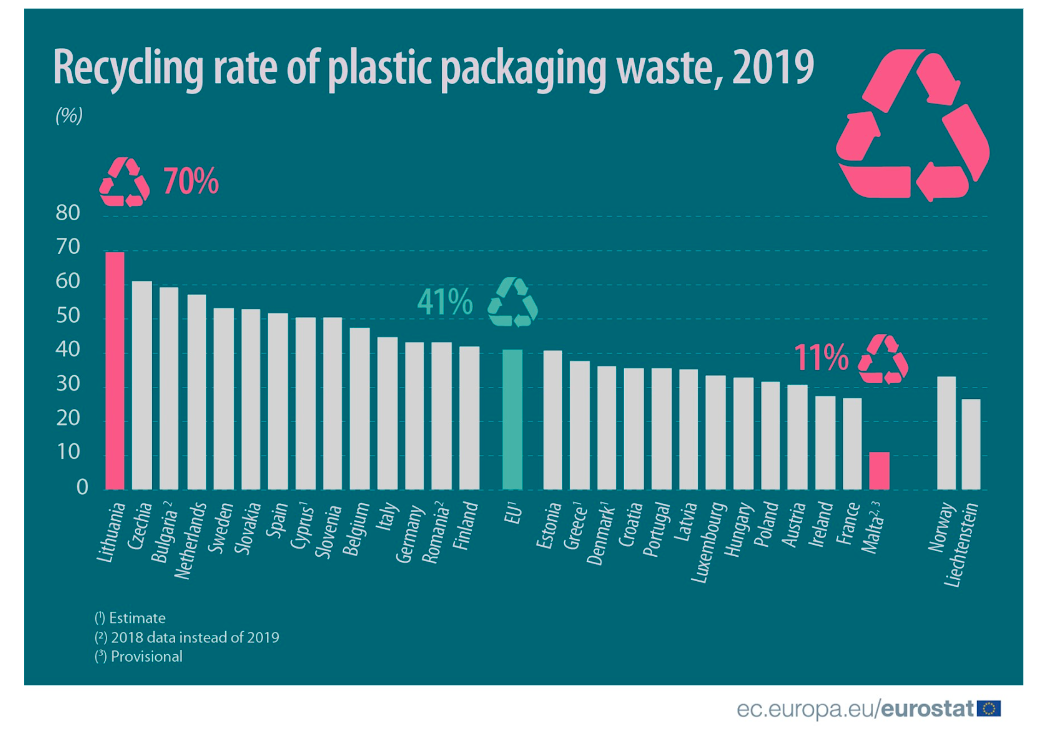
► THE ESSENTIAL REQUIREMENTS FOR PACKAGING
The essential requirements relate to the manufacture and composition of the packaging and to its reusability or recoverability. In addition to these essential requirements, concentration levels for heavy metals have been set.
In France, the essential requirements are set out in articles R.543-42 et seq. of the Environmental Code.
DECLARATION OF CONFORMITY:
Manufacturers or marketers of empty packaging must be able to provide:
- A written declaration of conformity with the essential requirements and the heavy metal concentration levels;
- Technical documentation relating to the design and manufacture of the packaging or type of packaging, containing the elements necessary to assess the conformity of this packaging with the requirements.
The person responsible for placing a filled packaging on the market, if he is not the manufacturer of the packaging, must be able, in the event of an inspection, to present a written declaration of conformity of the packaging used from the place of packaging to the place of sale to the final consumer.
Note: a series of European standards are used to establish the conformity of packaging with these essential requirements.

"Packaging must be designed, manufactured and marketed in such a way as to enable its reuse or recovery, including preparation for reuse or recycling, and to minimize its impact on the environment when managing packaging waste or waste from packaging waste treatment operations."
Art. 543-44 of French environnemental code
► THE EPR FOR HOUSEHOLD PACKAGING
EPR means "extended producer responsibility".
The principle of EPR relates to any company that puts packaged goods to be consumed or used by households in the French market and involves their responsibility for managing the end-of-life of this household packaging, in particular collection, sorting, recycling, but also eco-design and consumer information.
This producer responsibility scheme ensures the financing or the financing and organising of the collection of used packaging and/or packaging waste and its redirection to the most appropriate waste management solutions, as well as the re-use or recycling of the collected packaging and packaging waste.
Who is affected ?
- Producers for products pot on the French market (i) which they pack (ii) that they have packaged under their own brand or without a brand name (iii) that they package under a distributor's brand (private label).
- Introducers and importers of packaged products purchased abroad (within and outside the European Union) and resold on the French market.
- Persons responsible for the first marketing of the packaged product.
► IN PRACTICE, PACKAGING SHOULD BE ECO-DESIGNED
Among other obligations, producers subject to EPR are required to draw up a prevention and eco-design plan with the aim of increasing the recyclability of products and the incorporation of recycled materials (see Article L. 541-10-12). This plan is revised every five years. It can be individual or common to several producers.
Producers of goods covered by an EPR scheme are therefore encouraged, including financially, to improve the environmental performance of their products.
Producers - meaning brands that put products on the market - must prove that they financially contribute to the waste management in France.
Indeed the conception of the product has a direct impact on the amount of the contribution paid to the eco-organisms.
For packaging, some examples of the relevant eco-organisations (that carry out waste management on behalf of producers) are CITEO, Adelphe and Léko in France.
► IN OTHER WORDS, PACKAGING SHOULD BE ECO-DESIGNED
Ex – For CITEO, Financial incentive is built around two key principles:
- Eco-modulation : bonuses reward companies that lighten or eliminate dispensable packaging units; integrate recycled material; and disseminate a message about sorting to consumers. Malus penalise packaging and paper that disrupt recycling.
- A tariff that encourages the use of packaging with mature and sustainable recycling channels.
In any case
Before switching to a new composition, it is advisable to make a simulation of your eco-contribution, since more "noble" materials (considered as more sustainable) may be associated with higher eco-contributions.
► PRESSURE ON PLASTICS
France has set itself the target of ending the sale of single-use plastic (SUP) packaging by 2040.
Art. L. 541-10-17 of French Environnemental code
To reach the 2040 target, reduce, reuse and recycle targets are defined for five-year periods. A decree from 29 April 2021 sets the targets for the period 2020-2025:
- 20% reduction of single-use plastic packaging by the end of 2025, at least half of which will be achieved through reuse;
- 100% reduction of 'unnecessary' single-use plastic packaging (such as plastic blisters around batteries and light bulbs, etc.) by the end of 2025.
- 100% recycling of single-use plastic packaging by 2025. To achieve this: single-use plastic packaging put on the market will be recyclable .
=> Article 3 of the decree. There is no financial or legal sanction yet. It’s mostly an incitative measure but it gives us a direction of what governments will sanction.
Eliminating SUP packaging is not so easy. Finding recycled plastic can be complicated, especially as many regulations related to safety, hygiene, quality, etc. also impact recycled material.

One solution by regulation (among others) to tackle the SUP issue is the Climate law:
For all stores - 20% of the sales area to be devoted to bulk sales by 2030 in large and medium-sized stores (from 400 sqm onwards) and return of the deposit for the re-use of glass packaging.
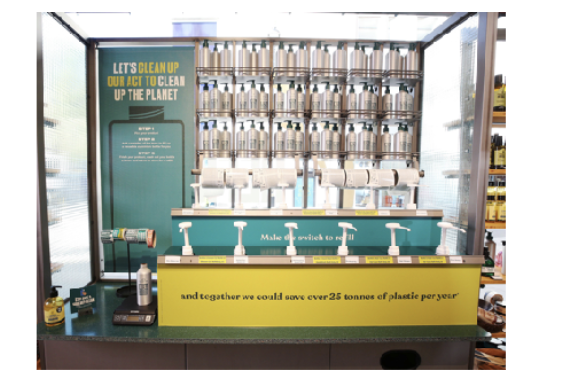
KEY TAKEAWAYS
- The evolution of regulations in France is showing how states are taking measure to reduce environmental footprint
- These measures are only incitative for now, but chances are they will come into force legally in the years to come with financial or penal sanctions.
- At a European level it might mean that some countries will follow and / or implement new rules too.
More details on the « climate » law in France.
LOI CLIMAT
02 - UPCOMING CHANGES REGARDING SORTING RULES & CLAIMS
► THE TRIMAN SYSTEM
Triman logo mandatory until now on packaging for which there is an organised recycling scheme: e.g. cardboard, plastics, glass, etc
There will also need to be written explanation on our to sort product (remove lid, recycle bottle, etc.) for all products put on the market in France. More explanations will be available for consumers through eco-organisation.
Other signs may also be required by the Eco-organisms in charge of waste management.
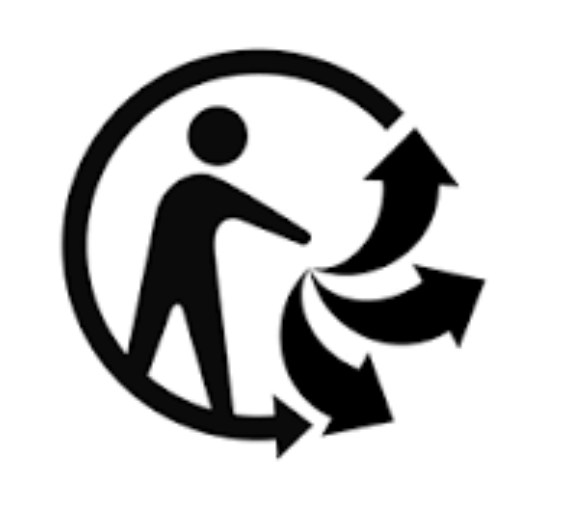
► FROM 1st JANUARY 2022
- In order to improve consumer information on waste sorting instructions, the Circular Economy Law extends the scope of the "Triman" system, as of 1 January 2022, to all products marketed to households, with the exception of household glass beverage containers.
- The logo will be supplemented by information on how to sort or bring in the waste from the product.
- The "Triman" logo may be replaced
by another common sign regulated by another EU Member State.
What about the green dot ?
An order of 30 November 2020, published following the AGEC law, defines the Green Dot as a marking that can lead to confusion about the sorting rule and associates its use with a financial penalty. Indeed this logo only means that the producer has paid its contribution to the eco-organism (not that the product can be recycled).
The application of these provisions is however suspended for the time being, following a legal action. The French Council of State is due to rule on this text in the coming months.

► NEWLY PROHIBITED / REGULATED GREEN CLAIMS IN FRANCE
From January 2022 , the words "biodegradable", "environmentally friendly" or any other equivalent wording shall not appear on a product or packaging.
+ Where the recycled nature of a product is mentioned, the percentage of recycled material actually incorporated shall be specified.
AGEC law 2020-105 – Art. 13
Ban on claims that a product or service is carbon neutral (or any other equivalent claim) unless a number of elements on greenhouse gas emission reduction commitments are made public.
Climate and Resilience Law (enactment pending)

KEY TAKEAWAYS
- The information on « sorting » and recycling will need to be clearer and more specific
- Producers / Brands will need to indicate the way each part of the packaging needs to be sorted.
- It means that consumers will be more aware of the waste and the part of your packaging that is actually recycled.
Information about the « green dot » has gone under trial in France from trade association who are fighting the decision, but this could create a precedent as it’s unclear to everybody how the green dot is perceived.
CONCLUSION
KEY TAKEAWAYS
- In general the measure took from now, are only incitative and no sanctions have been set yet.
- France is clearly taking the step towards refillability, and a deposit scheme for reusable packaging. France is aiming to remove « all single use » packaging by 2040.
- In our research we haven’t found any legal pressure to prohibit single use plastic that are not recyclable by 2025. The French Climate Law indicate that « single packaging » that is not recyclable can’t be put on the market but they are no financial or penal sanction attached to that.
- The only incitation is to contribute to an EPR scheme.

SOURCES
LOI CLIMAT https://www.bfmtv.com/economie/consommation/loi-climat-feu-vert-de-l-assemblee-pour-developper-la-vente-en-vrac-dans-les-grandes-surfaces_AD-202104030030.html
European Directive https://ec.europa.eu/environment/topics/waste-and-recycling/packaging-waste_en
LegiFrance https://www.legifrance.gouv.fr/jorf/id/JORFTEXT000043458675
AGEC Law https://www.ecomundo.eu/fr/blog/loi-agec-cosmetique

